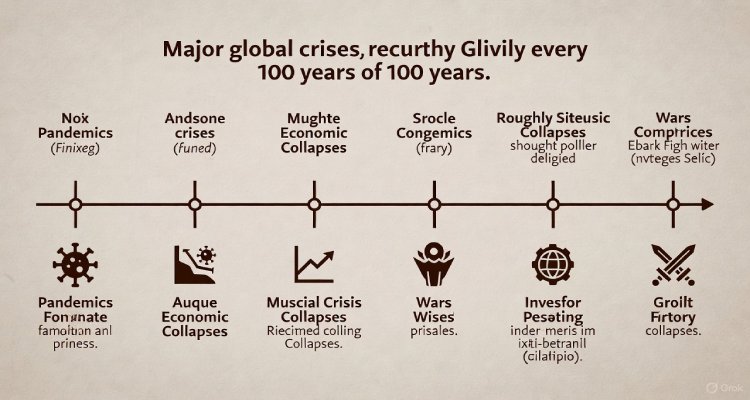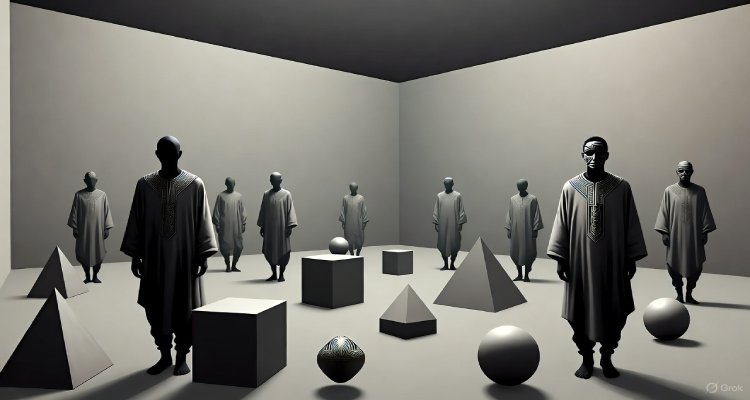The Secret Cult of Aesthetic Nihilists
Inside the underground movement of aesthetic nihilists — a paradoxical subculture where beauty and meaning collide in a world that has lost both.
Introduction: When Beauty Meets the Void
In the quiet corners of the internet and dimly lit urban studios, a strange new philosophy is taking root — one that embraces both elegance and emptiness. Known as “Aesthetic Nihilism,” this emerging subculture is part art movement, part existential rebellion. It’s where beauty is worshiped, but meaning is rejected — a contradiction that defines a generation lost between despair and design.
To the outsider, they’re just fashion-forward minimalists, dark photographers, or melancholic creators. But beneath the curated imagery lies a collective that calls itself “The Cult of Aesthetic Nihilists” — a movement that finds poetry in nothingness and identity in decay.
Context & Background: The Rise of the Beautiful Void
Nihilism, the belief that life lacks inherent meaning, has long been considered the philosophical shadow of modernity. From Friedrich Nietzsche’s warnings of the “death of God” to the existential crises of the digital age, humanity’s search for purpose has often circled back to emptiness.
But aesthetic nihilism adds an unexpected twist — it reframes meaninglessness as art. Emerging from online forums, underground art exhibitions, and avant-garde fashion circles, aesthetic nihilists reject the optimism of mainstream culture. Instead, they beautify despair, turning hopelessness into visual statements — stark architecture, washed-out photography, grayscale tattoos, and minimalist fashion.
Their ethos? If nothing matters, everything can be beautiful.
Main Developments: From Tumblr to the Streets
What began as a visual trend on Tumblr and Pinterest in the early 2010s — moody monochromes, surreal captions, and melancholic aesthetics — has since evolved into a full-fledged lifestyle philosophy.
In cities like Berlin, Tokyo, and New York, art collectives now host “void exhibitions,” where installations feature blank canvases, decaying objects, and looping sounds of silence. Their purpose isn’t to convey meaning, but to remind the viewer of its absence.
Fashion brands inspired by this movement — such as obscure streetwear labels in Seoul or experimental designers in London — blend minimalism with decay: frayed fabrics, faded tones, and distorted silhouettes that question the consumerist obsession with perfection.
Social media, ironically, became the amplifier of this anti-meaning movement. Hashtags like #AestheticNihilism, #VoidCulture, and #BeautifulNothing attract millions of views — proving that even rebellion against meaning can find followers in the algorithmic age.
Expert Insight & Public Reaction
Cultural theorists see the movement as a reflection of postmodern fatigue.
“Aesthetic nihilism isn’t about giving up — it’s about confronting the void with style,” explains Dr. Lena Moreau, a contemporary art historian at the Sorbonne. “It’s the rebellion of the hyper-aware generation — one that knows the world is collapsing under its contradictions and decides to turn that collapse into art.”
Psychologists, however, view it with caution.
“It’s a coping mechanism,” says Dr. Ethan Wallace, a clinical psychologist based in New York. “Young people, faced with climate anxiety, economic instability, and digital overload, are using aesthetics to process despair. But aestheticizing nihilism can also normalize apathy — the risk is when beauty becomes a distraction from action.”
Public sentiment remains divided. Some see it as pretentious or self-indulgent, while others hail it as the only honest response to a chaotic, over-stimulated world.
Impact & Implications: Art, Identity, and the Future of Meaning
Aesthetic nihilism is reshaping art and identity in the 21st century. Museums and digital galleries now feature works that embrace emptiness as expression. In music, artists like Joji, FKA twigs, and Ghostemane weave nihilistic lyrics with haunting visuals, creating immersive experiences that resonate deeply with younger audiences.
Sociologists suggest this movement marks the transition from consumer-driven identity to existential curation — people crafting their lives not around goals, but moods. In doing so, they find belonging in disconnection, and power in detachment.
Yet, paradoxically, aesthetic nihilism’s popularity exposes what it tries to escape: the human need for connection and meaning. Even those who claim to reject purpose find purpose in curating the void. The cult, in essence, becomes a community — bonded by shared disillusionment.
Conclusion: The Beauty of Nothingness
The “Secret Cult of Aesthetic Nihilists” isn’t a literal cult, but a mirror to our time — a generation that dresses its despair in silk and steel, photographing the end of meaning with immaculate lighting.
Whether it’s a warning sign or a creative awakening depends on how one sees the void.
For some, it’s the abyss that stares back. For others, it’s a blank canvas waiting to be filled.
And perhaps that’s the irony — even in nihilism, humanity finds a way to create beauty.
Disclaimer:This article explores cultural and philosophical themes. It does not promote nihilism, self-harm, or any belief system. Readers are encouraged to seek meaning and mental well-being in constructive ways.











